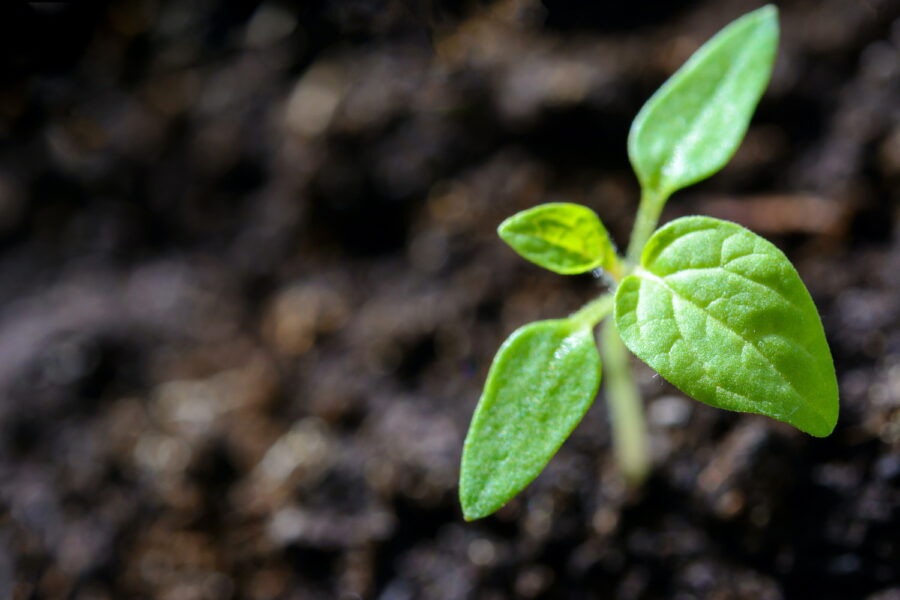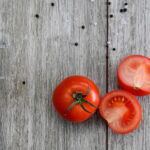If you’re looking to save vegetable seeds for the future, you’ve come to the right place! Saving vegetable seeds is a great way to ensure you have a variety of vegetables to plant in the future. It’s also a great way to save money, as you won’t have to purchase new seeds every season. Here’s how to save vegetable seeds:
1. Select the right vegetables. Not all vegetables are suitable for saving seeds. Some vegetables, such as tomatoes, are hybrids, which means the seeds won’t produce the same plant as the parent. Others, such as lettuce, don’t produce seeds at all. Choose vegetables that are open-pollinated, such as beans, corn, and squash.
2. Collect the seeds. Harvest the seeds when the vegetables are fully ripe. Allow the seeds to dry completely before storing them.
3. Store the seeds. Place the dried seeds in an airtight container and store them in a cool, dark place. Make sure the container is labeled with the vegetable type and date.
4. Plant the seeds. Plant the seeds in the spring, following the instructions on the seed packet.
Saving vegetable seeds is a great way to ensure you have a variety of vegetables to plant in the future. With a little bit of effort and planning, you can easily save your own vegetable seeds and enjoy the fruits of your labor for years to come.




